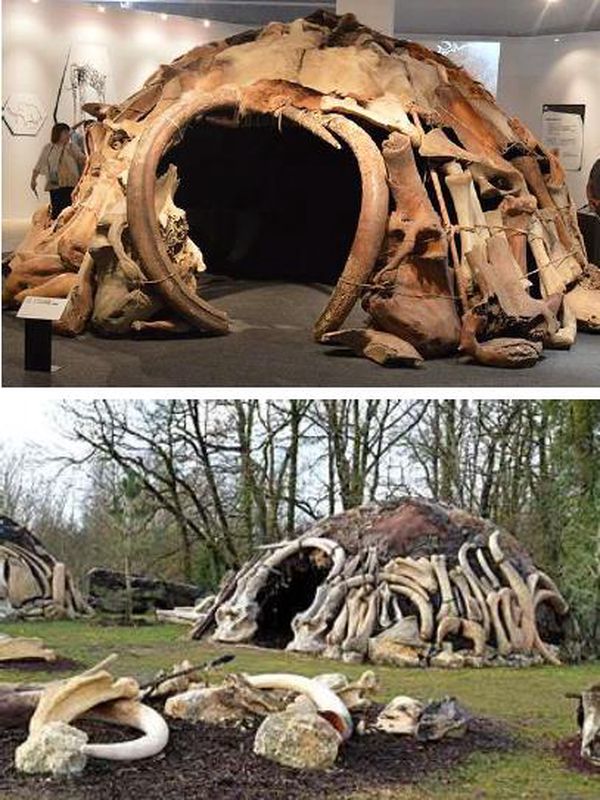The earliest surviving architectural structures: an insight into prehistoric construction methods

The exploration of early architectural marvels provides a fascinating glimpse into the ingenuity and craftsmanship of ancient civilizations. These structures, some dating back thousands of years, stand as enduring testaments to human innovation and engineering prowess. In this article, we delve into the world of the earliest extant architectural structures, shedding light on the techniques and technologies employed by our ancestors to create these remarkable edifices.
The origins of architecture can be traced back to the dawn of civilization when humans first began to settle in permanent communities. Early architectural endeavors were closely tied to the development of agriculture and the need for shelter and protection. Simple structures made from mud, stone, and timber gradually evolved into more sophisticated architectural forms as societies advanced and cultures flourished.
Among the earliest extant architectural structures are the megalithic monuments of Göbekli Tepe in southeastern Turkey. Dating back over 11,000 years, Göbekli Tepe predates the construction of Stonehenge and the Egyptian pyramids, challenging conventional notions of prehistoric architectural development. The site consists of circular enclosures adorned with intricately carved stone pillars, suggesting a sophisticated understanding of geometry and construction techniques.

In Mesopotamia, the birthplace of civilization, the ancient city of Uruk boasts some of the earliest examples of monumental architecture. The ziggurat of Eridu, dating to the 4th millennium BC, is believed to be one of the first stepped pyramids ever constructed. Built from sun-dried mud bricks, the ziggurat served as a temple complex dedicated to the city’s patron deity.
Across the globe, from the Indus Valley to Mesoamerica, early civilizations left behind a rich legacy of architectural achievements. The cities of Mohenjo-Daro and Harappa, dating to the 3rd millennium BC, feature advanced urban planning and sophisticated drainage systems, indicating a high level of architectural expertise. In Central America, the ancient Maya built towering pyramids and ornate palaces, showcasing their mastery of stone masonry and astronomical knowledge.

The construction techniques employed by ancient builders varied depending on local resources, environmental conditions, and cultural preferences. In Mesopotamia, mud bricks were the primary building material due to the region’s abundant clay deposits. These bricks were sun-dried or kiln-fired to increase their durability and strength. In Egypt, the use of limestone and granite allowed for the construction of monumental structures such as the pyramids and temples along the Nile River.
Incorporating local materials and resources was essential for sustainable construction practices in ancient times. In the Andes region of South America, the Inca civilization utilized finely cut stones to create massive walls without mortar, a technique known as ashlar masonry. The precision of Inca stonework is evident in structures like Machu Picchu, where massive stone blocks fit together with remarkable precision.
The architectural achievements of our ancestors continue to inspire awe and admiration in the modern world. Beyond their aesthetic appeal, these structures serve as repositories of cultural heritage and repositories of knowledge. Studying ancient architecture provides valuable insights into the technological innovations, social organization, and religious beliefs of bygone civilizations.
Preserving and protecting these architectural treasures is essential for future generations to appreciate and understand our shared human history. Through archaeological research, conservation efforts, and heritage management initiatives, we can ensure that the legacy of ancient architecture endures for centuries to come.
The study of earliest extant architectural structures offers a fascinating journey through time, revealing the creativity, resourcefulness, and ingenuity of ancient builders. From the monumental pyramids of Egypt to the enigmatic stone circles of Europe, these architectural marvels continue to captivate the imagination and inspire wonder. As custodians of our shared heritage, it is our responsibility to safeguard these treasures and ensure that they remain accessible for generations to come.










